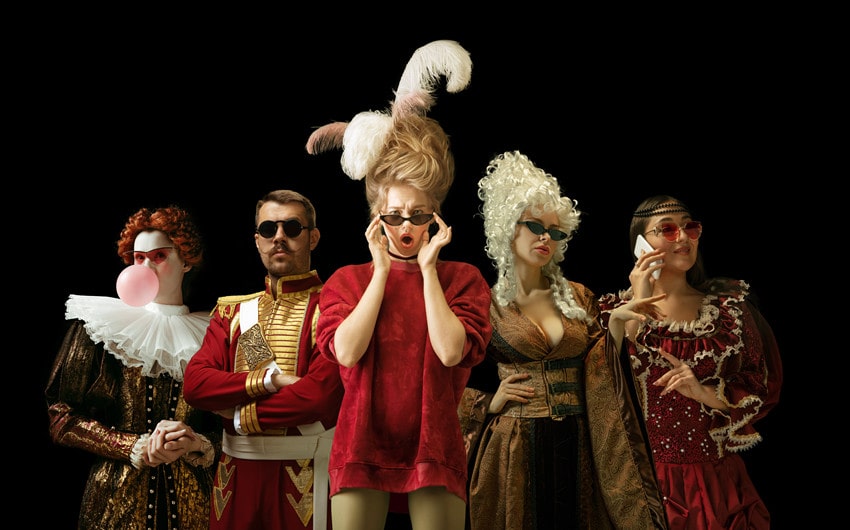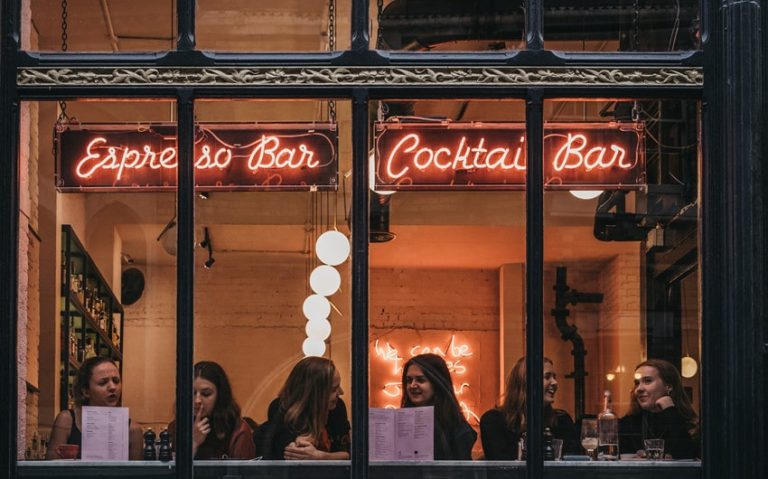How to Choose the Perfect Renaissance Fair Outfit and Embrace the Experience Fully
Renaissance fairs are a delightful escape into a world of knights, ladies, jesters, and artisans. They offer a unique opportunity to immerse yourself in history, enjoy live performances, and indulge in delicious food. However, one of the most exciting aspects of attending a Renaissance fair is the chance to dress up in period-appropriate attire.
Choosing the perfect outfit can enhance your experience and help you fully embrace the spirit of the event. Here’s a guide to help you select the ideal Renaissance fair outfit, ensuring you look the part while enjoying the festivities.
Understanding the Renaissance Fair Aesthetic
Before diving into outfit selection, it’s essential to understand the aesthetic of the Renaissance period. The Renaissance, spanning roughly from the 14th to the 17th century, was characterized by a revival of art, culture, and learning. Clothing from this era varied significantly based on social class, region, and occasion.
Key Elements of Renaissance Fashion
- Fabrics: Rich fabrics like velvet, silk, and brocade were popular among the upper classes, while the lower classes often wore wool and linen.
- Colors: Bright, bold colors were favored, especially among the wealthy. Earthy tones were more common for the working class.
- Accessories: Hats, belts, and jewelry played a significant role in completing an outfit. Don’t forget about footwear, as shoes were often elaborate and varied in style.
Understanding these elements will help you create an outfit that feels authentic and true to the spirit of the Renaissance.
Choosing Your Outfit
When selecting your Renaissance fair outfit, consider the following factors:
1. Character Inspiration
One of the most enjoyable aspects of dressing for a Renaissance fair is the opportunity to embody a character. Are you drawn to the elegance of a noblewoman, the rugged charm of a knight, or the whimsical nature of a jester?
- Noblewoman: Look for flowing gowns with intricate details, corsets, and long sleeves. Fabrics like velvet or satin can elevate your look.
- Knight: Consider a tunic paired with trousers, a cape, and perhaps some faux armor. Accessories like a sword or shield can add authenticity.
- Jester: Bright colors, mismatched patterns, and playful accessories like bells can help you stand out in a crowd.
For more detailed guidance on how to create your character’s look, check out these costume tips for themed festivals.
2. Comfort and Practicality
While it’s essential to look the part, comfort should not be overlooked. Renaissance fairs often involve a lot of walking, standing, and sometimes even dancing. Here are some tips to ensure your outfit is both stylish and comfortable:
- Breathable Fabrics: Choose materials that allow for airflow, especially if the fair is held during warmer months.
- Footwear: Opt for comfortable shoes that you can wear for hours. Consider period-appropriate styles, but prioritize comfort over strict authenticity.
- Layering: The weather can be unpredictable. Layering your outfit allows you to adjust to changing temperatures throughout the day.
3. Accessorizing Your Look
Accessories can make or break your Renaissance fair outfit. They add depth and personality to your ensemble. Here are some ideas:
- Hats: A wide-brimmed hat or a feathered cap can add a touch of flair.
- Jewelry: Look for pieces that reflect the era, such as brooches, necklaces, and rings. Consider handmade or artisan-crafted items for authenticity.
- Props: Depending on your character, props like a lute, a scroll, or a basket can enhance your portrayal and provide fun photo opportunities.
Embracing the Experience
Once you’ve chosen your outfit, it’s time to fully embrace the Renaissance fair experience. Here are some tips to help you dive into the festivities:
1. Engage with Performers and Attendees
Don’t be shy! Engage with the performers and other attendees. Many fairgoers enjoy staying in character, so feel free to ask questions or participate in conversations. This interaction can enhance your experience and make the day more memorable.
2. Participate in Activities
Renaissance fairs often feature a variety of activities, from archery and jousting to crafts and games. Participate in as many as you can. Not only will this immerse you in the experience, but it will also provide opportunities to showcase your outfit in action.
3. Capture the Moment
Bring a camera or use your smartphone to capture the day. Take photos of your outfit, the performances, and the beautiful surroundings. These memories will be cherished long after the fair is over.
4. Enjoy the Food and Drink
Don’t forget to indulge in the culinary offerings at the fair. From turkey legs to mead, the food is often as much a part of the experience as the costumes. Enjoying the fare while dressed in your Renaissance attire adds to the authenticity of the day.
Conclusion
Choosing the perfect Renaissance fair outfit is about more than just looking good; it’s about fully immersing yourself in a unique experience that celebrates history, creativity, and community. By understanding the aesthetic, selecting a character, prioritizing comfort, and accessorizing thoughtfully, you can create an outfit that enhances your enjoyment of the fair.
So, gather your materials, channel your inner noble or jester, and prepare for a day of fun, laughter, and unforgettable memories. Embrace the spirit of the Renaissance, and let your outfit be a reflection of the joy and creativity that these fairs celebrate.







